In today’s digital landscape, where cyber threats lurk around every corner, protecting your company from phishing attacks is paramount. With the rise of social engineering tactics, cybercriminals are becoming increasingly sophisticated in their approaches, making it essential for businesses to stay vigilant and proactive.
What are Phishing Attacks?
Phishing attacks are malicious attempts by cybercriminals to dupe individuals or organizations into divulging sensitive information, such as passwords, financial data, or personal details. Typically carried out via email, text messages, or phone calls, phishing scams often masquerade as legitimate communications from trusted sources, such as banks, government agencies, or reputable companies.
These fraudulent messages aim to trick recipients into clicking on malicious links, downloading malware-infected attachments, or providing confidential information. Phishing attacks rely on social engineering tactics to exploit human vulnerabilities, often resulting in identity theft, financial fraud, or unauthorized access to sensitive systems and data.
Here are five crucial steps to keep your company safe from phishing attacks, as recommended by leading cyber security experts.
Conduct a Comprehensive Social Engineering Assessment:
Before fortifying your defenses, it’s imperative to understand your vulnerabilities. Engage the expertise of a reputable cyber security company to conduct a thorough social engineering assessment. This assessment will help identify potential weak points in your organization’s security posture, including employee susceptibility to phishing attempts, loopholes in existing protocols, and areas where additional training or safeguards are needed.
Educate and Train Employees:
Your employees are the first line of defense against phishing attacks. Equip them with the knowledge and skills they need to recognize and thwart potential threats. Provide regular training sessions on phishing awareness, emphasizing the importance of skepticism and vigilance when encountering suspicious emails, links, or attachments. Encourage a culture of cybersecurity awareness where employees feel empowered to report any suspicious activity promptly. Phishing simulation exercises help get this in order.
Implement Multi-Factor Authentication (MFA):
Adding an extra layer of security through multi-factor authentication (MFA) can significantly reduce the risk of unauthorized access resulting from successful phishing attacks. Require employees to authenticate their identity using multiple factors, such as passwords, biometrics, or one-time codes, before accessing sensitive systems or data. By implementing MFA, even if credentials are compromised, attackers will face additional hurdles in gaining access to your company’s resources.
Deploy Email Filtering and Anti-Phishing Technologies:
Invest in robust email filtering and anti-phishing technologies to intercept malicious emails before they reach employees’ inboxes. These solutions employ advanced algorithms and threat intelligence to identify and block phishing attempts, malicious links, and suspicious attachments. Additionally, leverage domain-based message authentication, reporting, and conformance (DMARC) protocols to verify the authenticity of incoming emails and prevent email spoofing attacks.
Regularly Update and Patch Systems:
Outdated software and unpatched systems are prime targets for cybercriminals seeking to exploit known vulnerabilities. Stay proactive in maintaining the security of your IT infrastructure by regularly updating and patching all software, applications, and operating systems. Implement a comprehensive patch management strategy to ensure timely deployment of security patches and updates, reducing the risk of successful phishing attacks leveraging known exploits. This can also be subscribed as a managed service freeing you of the complexity of individually patching each and every system.
Conclusion
By following these essential steps and partnering with a reputable cyber security company in Noida and your suitable locations, you can bolster your company’s defenses against phishing attacks and minimize the risk of falling victim to social engineering tactics.
Remember, safeguarding your business from cyber threats is an ongoing process that requires constant vigilance, education, and proactive measures to stay one step ahead of cybercriminals. Protect your company’s valuable assets and reputation by prioritizing cyber security and making phishing prevention a top priority.

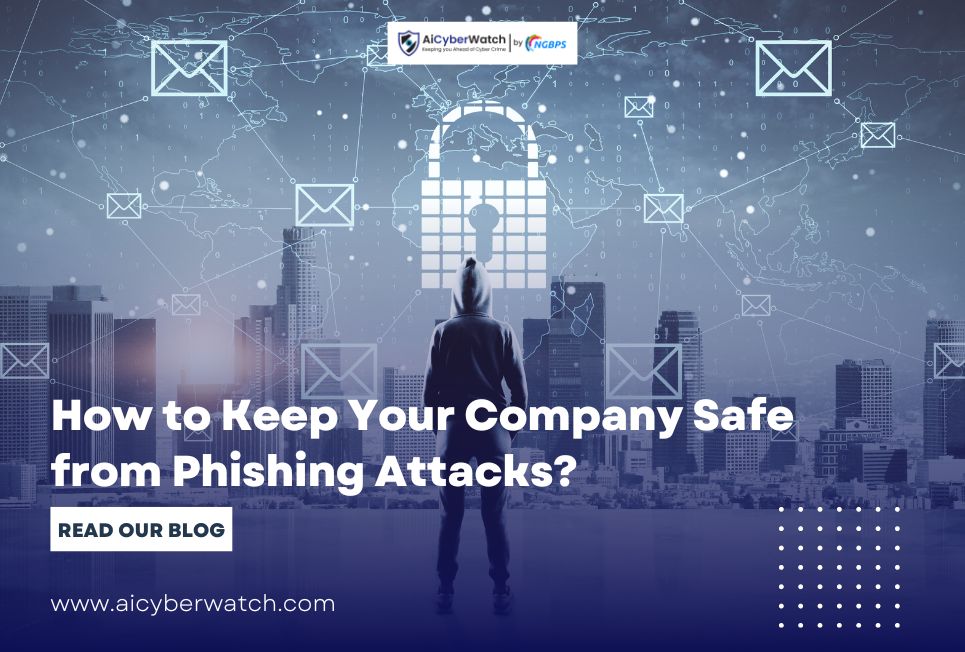
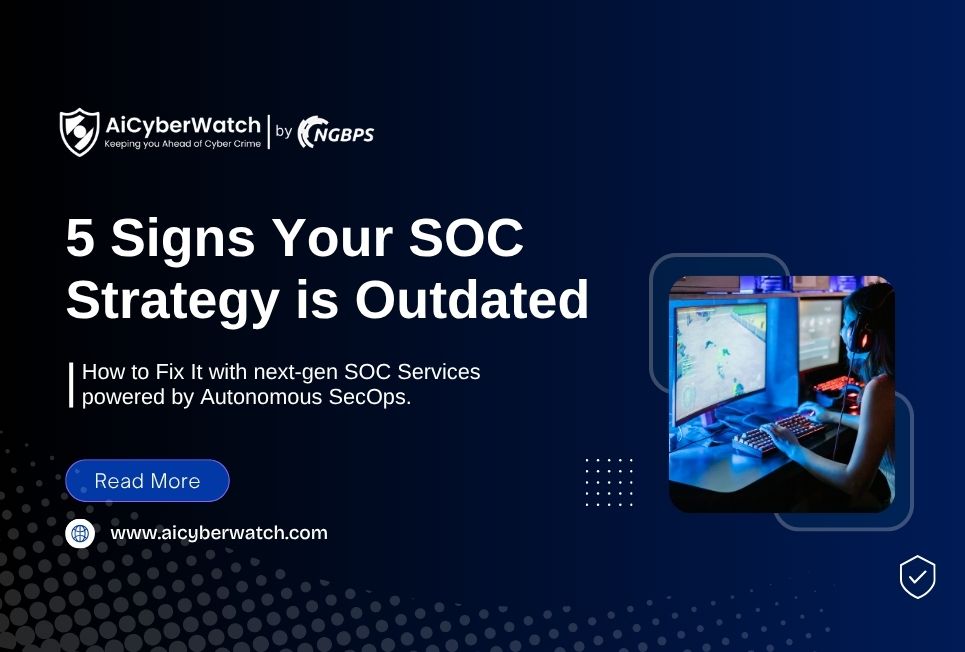
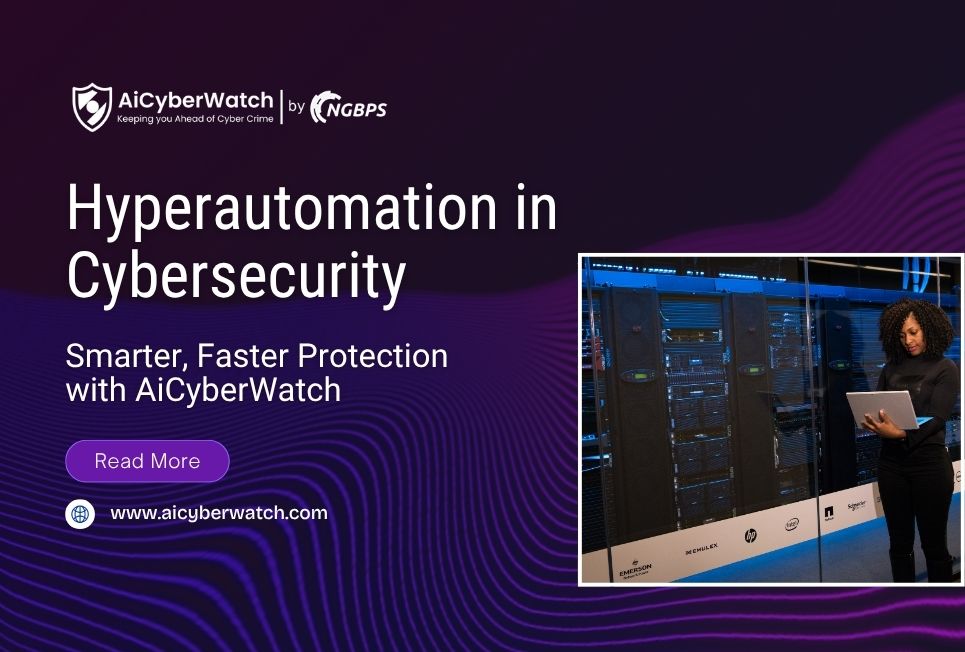
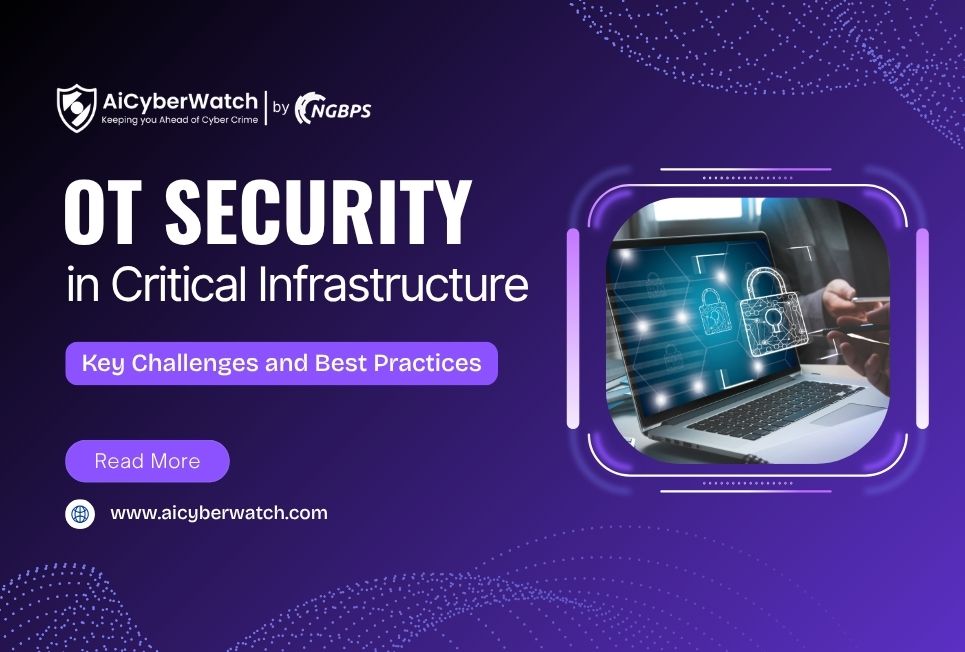
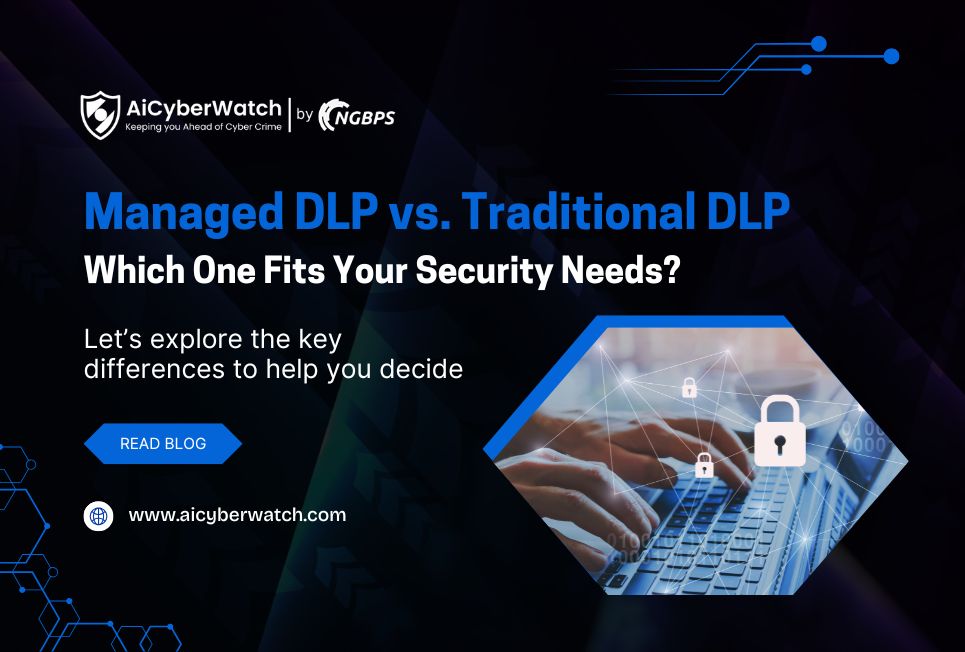

 Call Us
Call Us